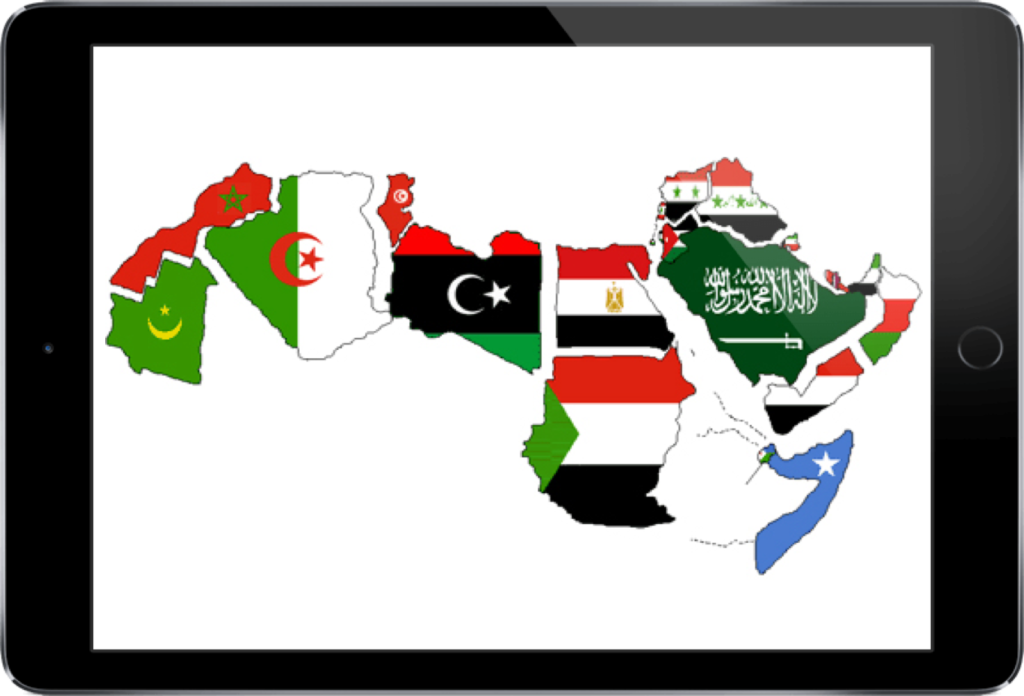A Deux Vitesses (Between Two Stools): Inclusive Education between Policy and Practice in the Arab Region
By Dr. Mustapha Aabi
January 2021

#Latest Post
Arab countries have made considerable progress in promoting inclusive education by ratifying UN conventions on the rights of persons with disabilities, and enacting laws and reforms in line with these conventions while inspired by inclusive models from developed countries such as the US and France in the Gulf states and the Maghreb respectively (Hadidi & Al Khateeb 2015; CSEFRS, 2019).
Undeniably, remarkable development has been made in terms of government commitment and civic society engagement. However, these measures, remain largely in the realm of theory and of limited goal performance at their best. In practice, policies are far from reaching their intended goals due to a lack of clear specificity of operational guidelines and procedures of implementation. Failure to get a clear answer as to how they can be implemented leads to inefficiencies among the local implementers and the frustration of the end-users.
Of challenging significance is also the pressing need for the alignment of curricula, teacher training and development programs for inclusive education. Existing programs are mostly integration models which require the child to adapt rather than offering adaptive designs to the the needs of all children. They are also limited in their outreach. Inclusive education provisions at university are almost non-existent. The WHO estimates the prevalence rate of disability at 15% (WHO, 2012), compared to 0.96-5.07 estimate by national consensuses (ESCWA, 2018). There is a critical lack of data concerning the precise size and percentage of access to education, UN organizations reports point towards a high rate of exclusion. For instance, literacy rate among disabled persons in Oman is reported to be around 31% in Oman, which may decrease significantly depending on gender and location (rural vs. urban), being for example at 6.7% among women in Yemen (ESCWA, 2018).
Most importantly, one of the major challenges around inclusive education in the Arab region is the lack of understanding of the conceptual scope of inclusion which has been mostly associated with disability. Inclusive education means not only that all children go to school, but more importantly, it is an educational provision that adapts to respond to natural or socio-culturally constructed differences between students. According to UNESCO (2005), inclusive education is “a process of addressing and responding to the diversity of needs of all learners through increasing participation in learning, cultures and communities, and reducing exclusion from education and from within education.”
References:
Hadidi & Jamal M. Al Khateeb, 2015. Special Education in Arab Countries: Current
Challenges. International Journal of Disability, Development and
Education. Vol. 62, No. 5, 518–530.
CSEFRS, 2019. Évaluation du modèle d’éducation des enfants en situation de handicap au maroc: vers une éducation inclusive.
https://www.csefrs.ma/publications/evaluation-du-modele-deducation-des-enfants-en-situation-de-handicap-au-maroc-vers-une-education-inclusive/?lang=fr
ESCWA, 2018. Disability in the Arab Region.
https://www.arabdevelopmentportal.com/sites/default/files/publication/951.disability-arab-region-2018-english_0.pdf
World Health Organization, 2012. Summary report on the first stakeholders’ meeting for
developing an Arab report on disability.
applications.emro.who.int/docs/IC_Meet_Rep_2013_EN_14926.pdf
UNESCO, 2005. Guidelines for inclusion.
https://unesdoc.unesco.org/ark:/48223/pf0000140224
[display-posts order=”ASC”]